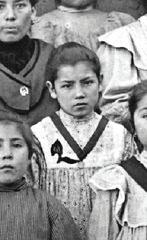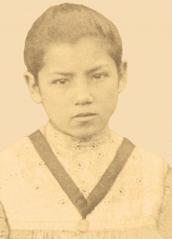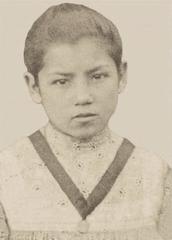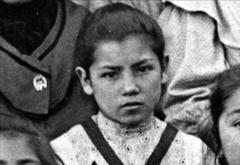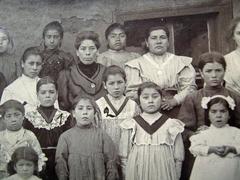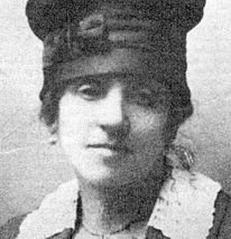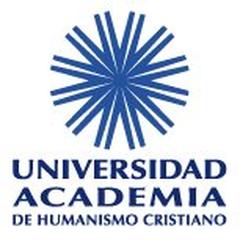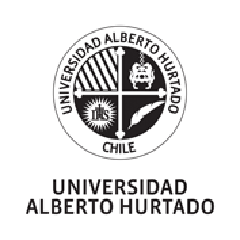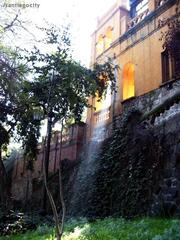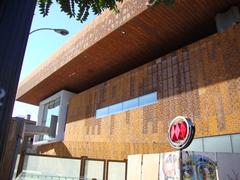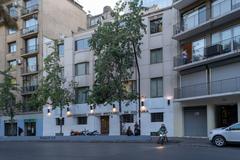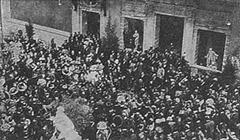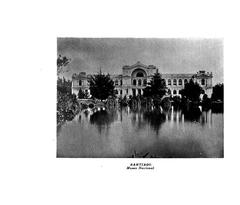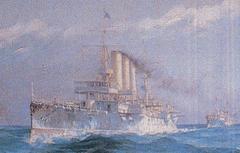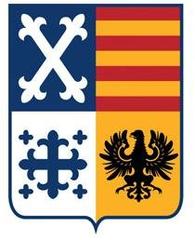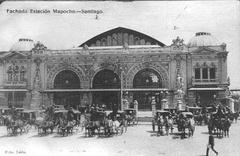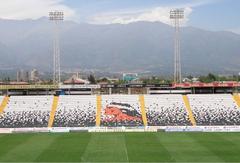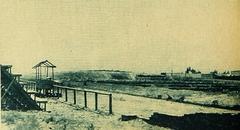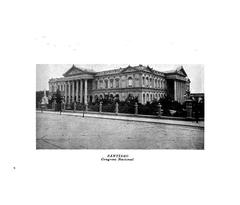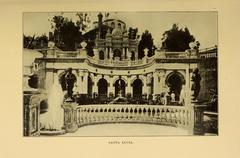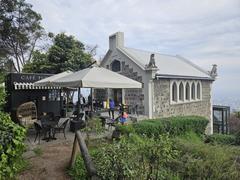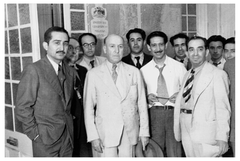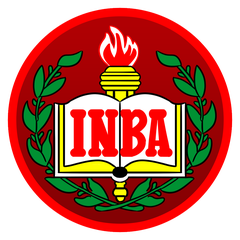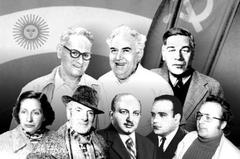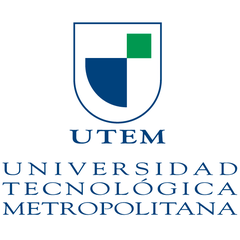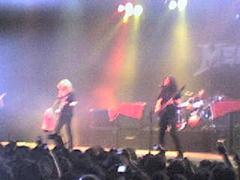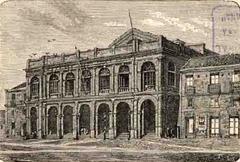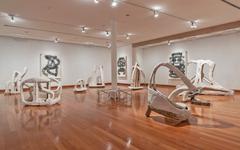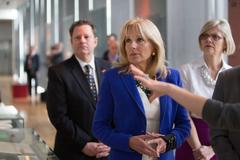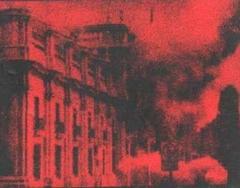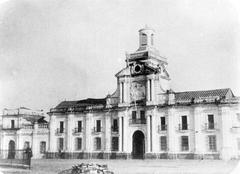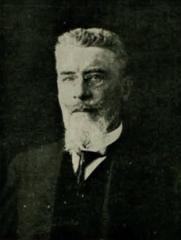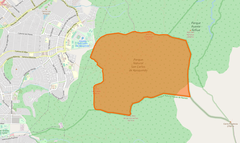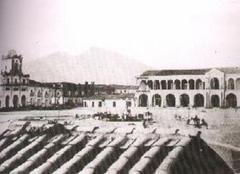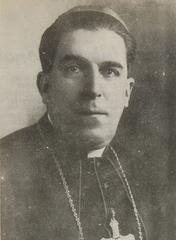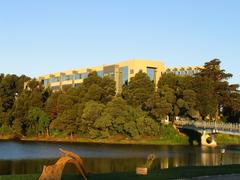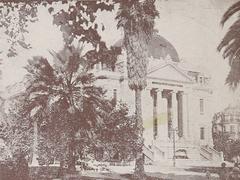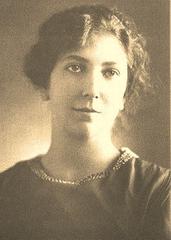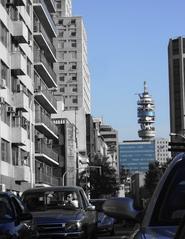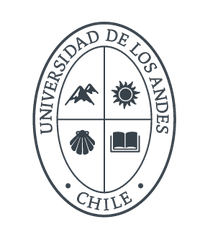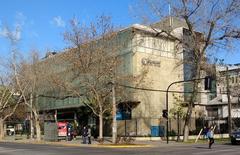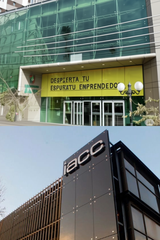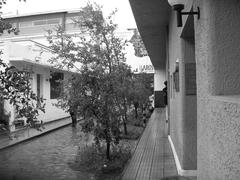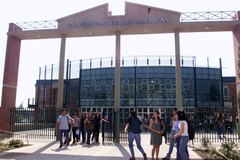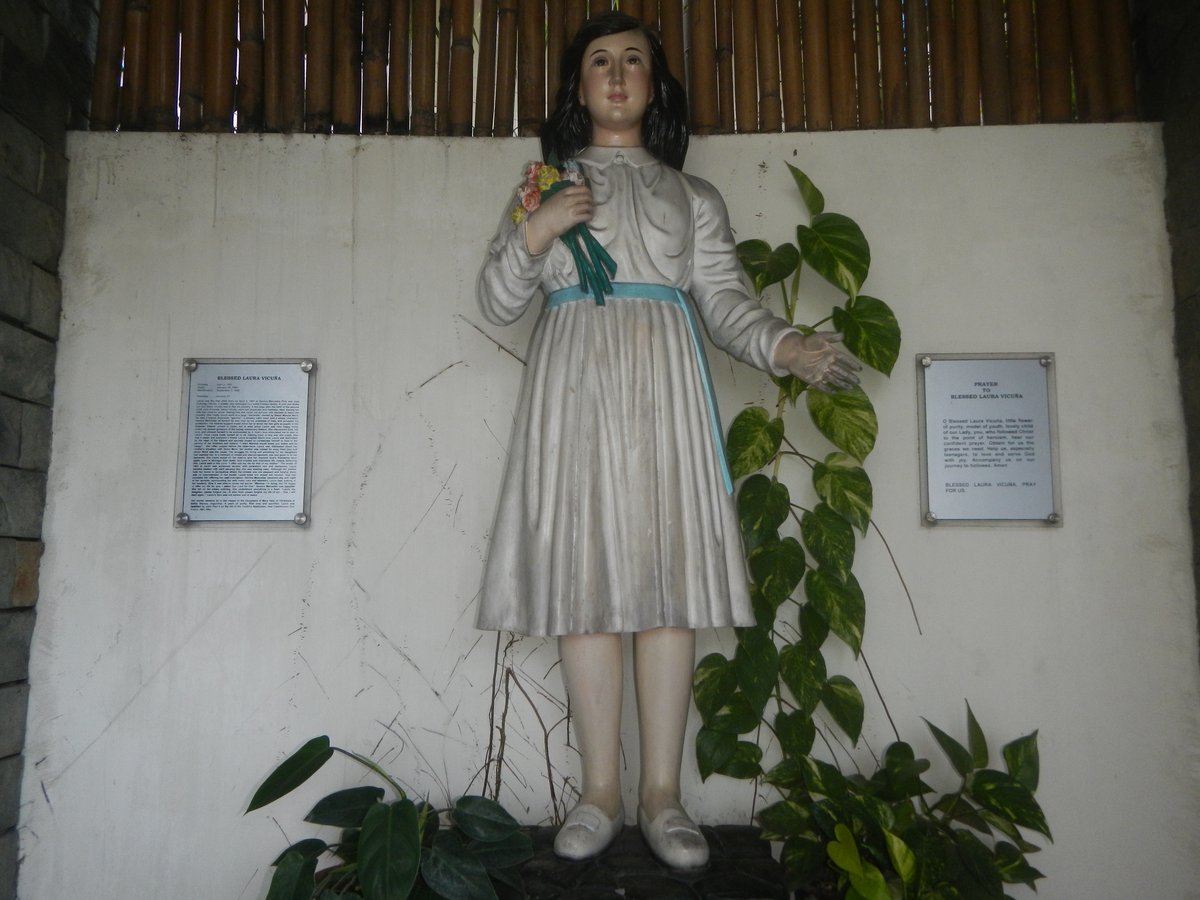
Laura Vicuña Shrine Visiting Hours, Tickets, and Santiago Historical Sites Guide
Date: 14/06/2025
Introduction
Nestled on the picturesque slopes of Cerro Colorado within Santiago’s Metropolitan Park of Renca, the Laura Vicuña Shrine is both a peaceful sanctuary and a testament to the enduring legacy of Blessed Laura Vicuña—a young Chilean-Argentine figure celebrated for her faith, sacrifice, and forgiveness. Born in Santiago in 1891, Laura’s life was shaped by hardship, resilience, and spiritual depth, culminating in her beatification by Pope John Paul II in 1988. Today, the shrine is a place of pilgrimage, reflection, and community, welcoming visitors from Chile and beyond to engage with its spiritual, historical, and ecological significance (CGFMA; Don Bosco West; Wikipedia).
This guide provides comprehensive information on visiting the Laura Vicuña Shrine: hours, accessibility, special events, and tips for exploring nearby Santiago attractions. Whether you seek spiritual renewal, historical insight, or a tranquil retreat into nature, the shrine offers a meaningful encounter with Chilean heritage, faith, and environmental stewardship.
Table of Contents
- Introduction
- Laura Vicuña: Historical Background and Spiritual Legacy
- The Laura Vicuña Shrine in Santiago
- Devotion and Community in Santiago
- Visitor Information and Practical Tips
- Frequently Asked Questions (FAQ)
- Conclusion
- References
Laura Vicuña: Historical Background and Spiritual Legacy
Early Life and Family Context
Laura Carmen Vicuña was born on April 5, 1891, in Santiago, Chile, to Jose Domingo Vicuña and Mercedes Pino. Her father, an army officer, died during the political upheaval of the Chilean Civil War, forcing the family into exile and leaving them in financial distress (Salesian Holiness; biographs.org). Santiago during this period was undergoing rapid urbanization and social transformation (Nuestro.cl), shaping Laura’s early awareness of both privilege and hardship.
Exile and Education in Argentina
After her father’s death, Laura’s mother relocated the family to Junín de los Andes, Argentina. There, Mercedes entered a relationship with Manuel Mora, a situation that brought further hardship and stigma for Laura (Salesian Holiness). Laura and her sister attended a boarding school run by the Daughters of Mary Help of Christians (Salesian Sisters), where Laura became known for her piety, generosity, and desire to join religious life (biographs.org).
Personal Sacrifice and Beatification
Despite her youth and the challenges she faced at home, Laura made private vows of chastity, poverty, and obedience in 1902. She endured violence and family turmoil, ultimately offering her life for her mother’s spiritual conversion. Laura died on January 22, 1904, after a period of illness and suffering, embodying forgiveness and self-sacrifice in her final moments (biographs.org). Her sanctity was formally recognized in 1988 with her beatification by Pope John Paul II.
The Laura Vicuña Shrine in Santiago
Location and Access
The Laura Vicuña Shrine is located on the slopes of Cerro Colorado in the Metropolitan Park of Renca, northern Santiago, Chile. The park spans around 30 hectares, easily accessible via Avenida Dorsal and Avenida Américo Vespucio, with public transit options and taxi services available (Wikipedia; Kiddle; CGFMA). The shrine is well signposted, with a moderate uphill walk from the parking or drop-off area.
Visiting Hours, Tickets, and Accessibility
- Hours: Open daily, 8:00 AM–6:00 PM. Extended or modified hours may apply on January 22nd (feast day) and other major celebrations (CGFMA).
- Admission: Free entry; donations are welcome to support the site’s maintenance and charitable work.
- Accessibility: The main chapel and gathering spaces are accessible to wheelchairs and visitors with limited mobility. Hillside stations require moderate physical effort.
Architectural Features and Natural Environment
The shrine features a modest chapel accommodating around 100 people, designed in a simple Salesian style that emphasizes humility and communion. Outdoor stations for prayer and meditation line the hillside, culminating in a panoramic viewpoint. A prominent statue of Mary Help of Christians stands at the first station, installed in 2023 to enhance the spiritual atmosphere.
The surrounding Metropolitan Park is a vital urban green space, with ongoing reforestation efforts involving the planting of thousands of native trees, contributing to Santiago’s sustainability and providing habitats for local wildlife (CGFMA). The park’s trails and plazas offer opportunities for reflection and recreation, with sweeping views of Santiago and the Andes.
Religious Celebrations and Community Events
The highlight of the shrine’s calendar is the annual Eucharistic celebration on January 22nd, Laura’s feast day, which draws pilgrims from across Chile. The event features Mass, processions, music, and youth participation. Throughout the year, the shrine hosts prayer groups, youth activities, and community service initiatives, often in collaboration with the national network “Somos Laura Hoy” (Somos Laura Hoy).
Devotion and Community in Santiago
Churches, Community Centers, and Outreach
Beyond the Renca shrine, Laura Vicuña’s legacy is honored through various churches, schools, and community centers in Santiago—such as the Parroquia Beata Laura Vicuña. These sites serve as hubs for spiritual formation, social outreach, and educational programs inspired by Laura’s virtues of compassion, perseverance, and service (Don Bosco West; Reporte Católico Laico).
Annual Events and Pilgrimages
- Feast Day (January 22): Major celebration with Mass, processions, workshops, and community service.
- Pilgrimage Routes: Visitors may follow a local circuit, including Laura’s baptismal church and related Salesian institutions.
- Artistic Expressions: The sanctuary and community youth produce music, literature, and performances honoring Laura’s legacy, such as the album “Laura, memoria viviente del amor” (available on Spotify via FMACHILE).
Visitor Information and Practical Tips
Getting There
- By Car/Taxi: Access via Avenida Dorsal or Avenida Américo Vespucio; parking is available near the park entrance.
- Public Transport: Several bus lines serve Renca; local taxis and rideshares can take visitors directly to the site (CGFMA).
Facilities and Accessibility
- Facilities: Restrooms, shaded rest areas, and accessible chapel and gathering spaces. The hillside stations involve moderate exertion.
- Dress Code: Modest attire is recommended.
- Safety: Maintain respectful behavior, especially during services. Photography is generally permitted outdoors; ask before photographing inside the chapel or during Mass.
Guided Tours and Multimedia Resources
- Guided Visits: Available by prior arrangement through the Foundation Beata Laura Vicuña or the FMA community. Tours provide historical and spiritual context tailored to groups, schools, or international visitors.
- Multimedia: Virtual tours, photographs, and videos are available on the CGFMA website, with descriptive alt text for accessibility.
Nearby Attractions
- Cultural Sites: Enhance your visit by exploring Santiago’s museums, historic neighborhoods (Bellavista, Lastarria), and the nearby Santuario Inmaculada Concepción on Cerro San Cristóbal (Visit Chile; Worldly Adventurer).
- Accommodations and Dining: Santiago offers a range of options; see Go Ask a Local for recommendations.
Frequently Asked Questions (FAQ)
Q: What are the Laura Vicuña Shrine’s visiting hours?
A: Open daily, 8:00 AM–6:00 PM; extended hours on January 22nd.
Q: Is there an entrance fee or need for tickets?
A: No, entry is free; donations are appreciated.
Q: How do I get to the shrine from central Santiago?
A: By car, taxi, or public transport via Avenida Dorsal or Américo Vespucio.
Q: Are guided tours available?
A: Yes, group tours can be arranged in advance.
Q: Is the site accessible for visitors with limited mobility?
A: The main chapel is accessible; hillside stations require moderate exertion.
Q: When is the best time to visit for a peaceful experience?
A: Early mornings or weekdays outside major feast days.
Q: Can I take photographs?
A: Outdoors, yes; please seek permission for indoor or ceremonial photography.
Conclusion
The Laura Vicuña Shrine in Santiago stands as a beacon of faith, resilience, and community engagement. Its accessible location, free admission, and welcoming atmosphere make it an essential destination for pilgrims, history enthusiasts, and travelers seeking a deeper connection with Chilean culture and spirituality. The site’s integration with Santiago’s environmental renewal projects and its vibrant annual celebrations reflect the enduring relevance of Laura Vicuña’s message of hope and forgiveness.
By planning your visit with this guide, you can ensure a meaningful experience—whether attending the vibrant feast day, joining a guided tour, or enjoying tranquil moments of reflection amid the park’s natural beauty. Enhance your visit with online resources, multimedia guides, and community events, and let the legacy of Blessed Laura Vicuña inspire your journey through Santiago’s rich historical and spiritual landscape (CGFMA; Don Bosco West; Reporte Católico Laico).
For updates, guided tour information, and event details, consult the CGFMA website and the Somos Laura Hoy youth network. Download the Audiala app for audio guides, and follow us on social media to stay connected with Santiago’s cultural and religious heritage.
References
- Salesian Holiness – Laura Vicuña, Argentina Historical Sites, 2025
- CGFMA – Community Reforestation Laura Vicuna Shrine, 2025
- Don Bosco West – Laura Vicuña
- CGFMA – Laura Vicuña: A Life of Unconditional Love, 2025
- Reporte Católico Laico – Beata Laura Vicuña: La niña que luchó por la conversión de su madre, 2025
- Wikipedia: Laura Vicuña, 2025
- Kiddle: Laura Vicuña
- Somos Laura Hoy
- Go Ask a Local: Travel Guide to Santiago, Chile
- Visit Chile: Santiago and Surroundings
- Worldly Adventurer: Things to Do in Santiago, Chile
- Eventbrite Santiago

